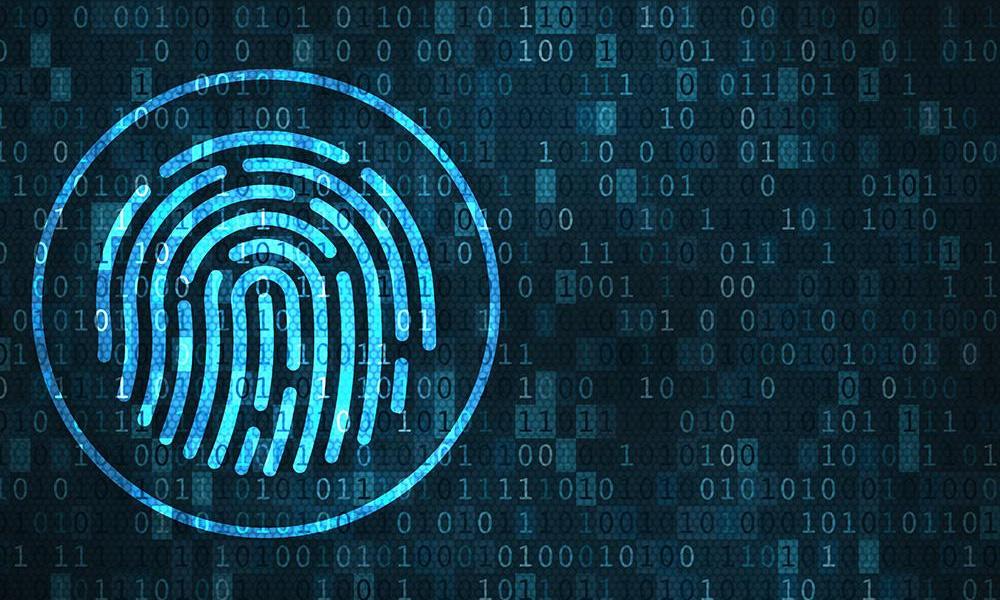


Volume entails the remarkable amount of data healthcare generate through their apps, portals, websites, and EHRs. In healthcare, these three are the defining dimensions or properties of effective big data analytics. Volume, velocity, and variety - aptly called the "Three Vs" of big data, are the cornerstones of big data. In fact, 88 percent of executives surveyed by Accenture said that big data and business analytics will be their top priority going forward. Today, big data is no longer a buzzword - it’s a reality that healthcare CIOs need to adapt quickly, otherwise their organizations are edged into oblivion. īy 2011, the concept and application of big data had caught on so much that McKinsey & Company speculated that there’ll be a shortage of 140,000 - 190,000 of data scientists in the next decade. Two years later, McKinsey Global Institute reported that companies with 1000+ employees in the United States are producing and storing close to 200 TB of data. The concept of business analytics didn’t go mainstream until the heydays of the 1950s, but it took another decade before the US government erected the first data center, storing 175 million set of fingerprints and 742 million tax returns on magnetic storage tape.īetween the 1960s and later 2000s, the term business analytics was usually used in place of what we now refer to as “big data.” In 2007, the technology magazine Wired, introduced the term to the public. This data analytics machine would form the foundation of what’s now IBM. It was a groundbreaking device that employed punch cards to process a large amount of census data, essentially reducing decade’s work to a mere 3 months. In the early 1880s, a young scientist at the US Census Bureau invents the so-called Hollerith Tabulating Machine. It’s still touted as the first instance use of big data analytics for business purposes. He entered the term into his Encyclopaedia of Commercial and Business Anecdotes while trying to describe how Henry Furnese (a bank operator) was gathering and analyzing relevant business information in order to gain an edge over other rival bankers. It was not until 1865, however, that the term “business intelligence” was coined by Richard Millar Devens. In fact, Grant’s statistical analysis was first used in healthcare to help deliver early warning for pandemics like bubonic plague that was wreaking havoc in Europe at the time. He’s credited as the pioneer of statistical data analysis, and perhaps the father of modern big data. The Babylonians, for instance, used a handy device called abacus to perform simple to complex calculations as early as 2400 BCE, which is coincidentally the period when the first libraries emerged, marking human’s first attempt at store information in large-scale.įast-forward to 1663 … statistics is embraced by scholars and mathematicians like John Grant. However, our ability to store and make sense of information (read: data) has been a gradual evolution that many scholars say dates back to around 1800 BCE. A brief history of big dataīig data, alongside data analytics, are two areas that have progressed significantly over the last couple of decades thanks to the proliferation of the internet and cloud computing capabilities.
In this article, we will cover the history of big data in healthcare, its application and its potential to improve both medical outcomes and operational efficiencies in the healthcare space. Another comprehensive study estimates that big data in the healthcare sector will experience an outstanding CAGR of 36 percent through 2025.ĭue to increasing investments in workforce management tools, practice management solutions and electronic health record (EHRs) systems, the global big data analytics sector is projected to be worth a staggering $68 billion by 2024. In fact, it is projected that the global healthcare big data market will grow steadily at a compound annual growth rate (CAGR) of 22.07 percent to hit around $34 billion by the year 2022. Which should come at no surprise considering the fact that healthcare is the largest private employer in the United States and its spend accounts for 20% of our nation’s GDP. One of our consultants will get back to you within 24 hours.īig data is expected to penetrate faster and deeper into the healthcare sector than in other industries such as media, financial services, and manufacturing.


 0 kommentar(er)
0 kommentar(er)
